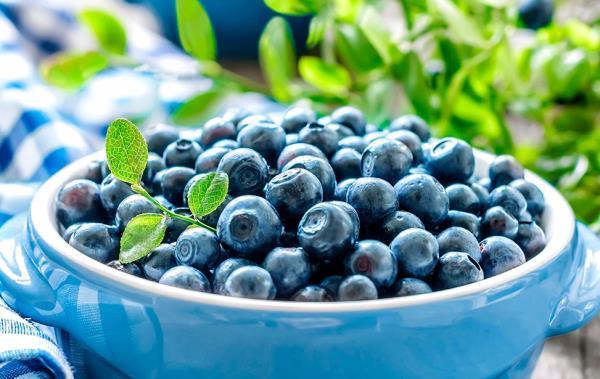Blueberry production in Mexico would increase by 8% in 2024
Mexico
Friday 12 January 2024
VU
Blueberry production in Mexico would reach 81,000 tons in 2024, representing an increase of 8%, according to a report from the US Department of Agriculture (USDA). (photo:gob.mx)
Blueberry production in Mexico would reach 81,000 tons in 2024, representing an increase of 8%, according to a report from the US Department of Agriculture (USDA). This growth is attributed to sufficient access to water and growing demand for exports. Mexico, which ships more than 95% of its blueberries to the US market, has seen a rapid increase in production, making it the world's fifth largest producer of blueberries.
Although Mexican production reached 74,800 tons in 2023, marking a 12% increase, growth is expected to be slower in 2024 due to competition from Peru. Historically, the harvest in Mexico began in October, but for 2024 it has been delayed until February to counteract competition from Peru, which offers lower prices in the first months of the year.
The report highlights that Mexican producers are actively switching from the Biloxi blueberry variety to proprietary varieties that offer higher yields and better flavor. Biloxi's share is expected to decline significantly in the near term. Most of the Mexican blueberry production is destined for export, with the United States being the main market, representing around 97% of exports. Other destinations include the Netherlands, Canada, Germany, the United Kingdom, Japan, Hong Kong and Singapore.
The main challenges facing the sector include the availability of labor, with producers expressing concerns about how to ensure an adequate supply of workers in the short term. Despite the water shortage in Mexico, the berry sector has implemented efficient irrigation systems to avoid significant impacts in the next one to three years. Blueberry production in Mexico is carried out under plastic covers, and production through substrate is expected to increase in the coming years due to its benefits in disease reduction and ease of irrigation and harvest.
source: usda.gov





